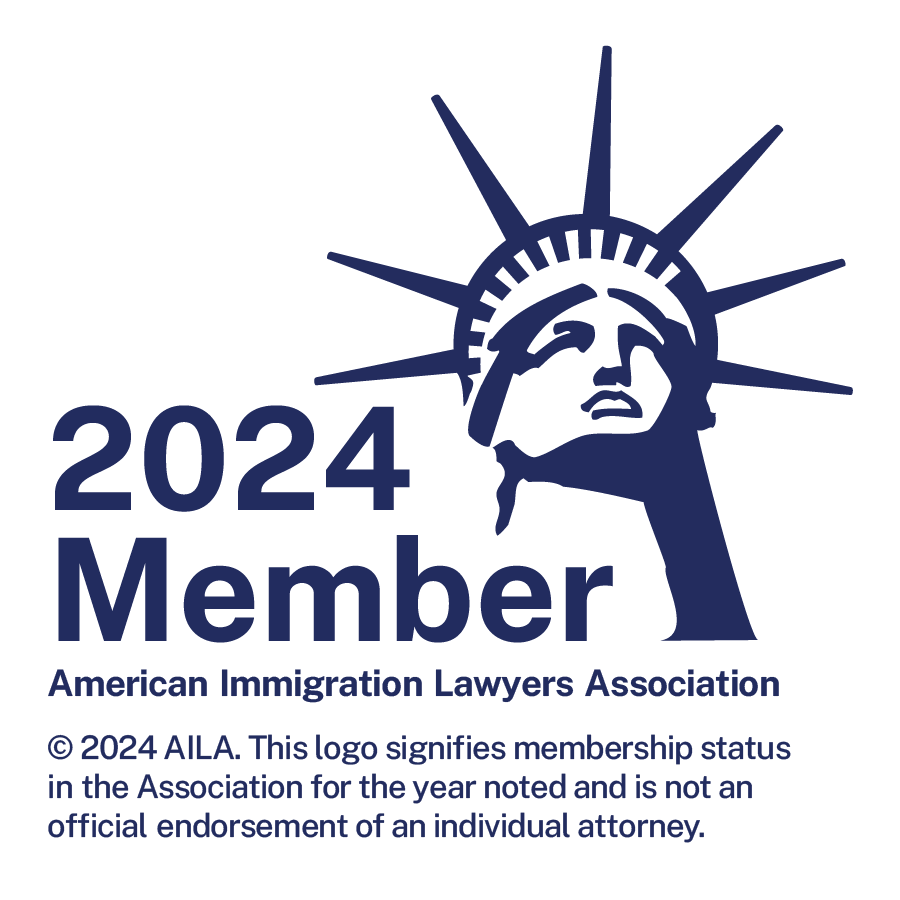When an immigrant wants to work in the United States, he or she must come here on a visa that explicitly grants permission to work and get an Employment Authorization Document, or EAD. While there are no permanent worker visas, per se, there are immigration statuses that grant a person a permanent ability to work in the U.S.
Permanent Worker Visas: Categories of Workers in the U.S.
People who want to work in the United States must fall into one of these four categories:
- -U.S. citizens
- -Non-citizen nationals
- -Lawful permanent residents
- -Non-citizen non-residents who are authorized to work
Non-citizen non-residents further fall into one of three categories:
- -Temporary nonimmigrant workers
- -Permanent immigrant workers
- -Students and exchange visitors
Here’s a closer look at each.
Related: How to find the best immigration attorney for your needs
Temporary Nonimmigrant Workers
Temporary nonimmigrant workers are people who want to come to the U.S. for a specific purpose, which is usually employment. In order to someone to come to the U.S. as a temporary nonimmigrant worker, he or she must be sponsored by an employer and take a specific job.
Permanent Immigrant Workers
Permanent immigrant workers are people who are authorized to live and work permanently in the U.S. These people hold green cards and are lawful permanent residents – and they’re one step away from U.S. citizenship.
Students and Exchange Visitors
Some students and exchange visitors can get work authorization, provided that they have permission from a Designated School Official, or DSO, from their school.
How to Get a Work Permit in the U.S. Before You Get Permanent Work Authorization
Because there is no permanent work visa in the U.S., you must get a temporary visa. If you choose to, you can apply for a green card to get permanent work authorization.
If you’re in the U.S. on a visa that allows you to work, you can apply for an Employment Authorization Document, or EAD. The EAD, or work permit, shows employers that you’re authorized to work in the United States, and it’s usually valid for a year. You can renew it, provided your visa is still valid, and if you lose it, you can replace it.
Related: Guide to employment-based green cards
Who Qualifies for an EAD? 
If you’re a U.S. citizen or a lawful permanent resident, you don’t need an EAD. You can work for any employer that will hire you. However, you can apply for an Employment Authorization Document if you fall into one of these categories:
- -Asylees and asylum-seekers
- -Refugees
- -Students looking for employment, with some exceptions
- -Foreign nationals who are applying for a green card
- -People with Temporary Protected Status, or TPS
- -Fiancés and spouses of U.S. citizens
- -Dependents of some foreign government officials
- -Spouses or children of some exchange visitors
Often, if your spouse or parent is able to work in the U.S., you can gain the same benefit. However, you may want to talk to an immigration attorney to be sure.
How to Get an EAD
You and your attorney can work together to file a Form I-765, Application for Employment Authorization. You’ll also have to pay the filing fee and pay a biometric services fee if you are applying under DACA, you’re facing compelling circumstances as a beneficiary of an approved employment-based immigration petition, or you’re a spouse or unmarried dependent child of a beneficiary of an employment-based immigrant petition.
Do You Need to Talk to an Attorney About Alternatives to Permanent Worker Visas in the U.S.?
There’s no such thing as a permanent worker visa in the U.S., but that doesn’t mean you can’t get authorization to work – and if you become a lawful permanent resident, you’ll be entitled to work for any employer in the country. If you’d like to talk to a lawyer about your situation, we may be able to help you. Call us today to learn about your options.



